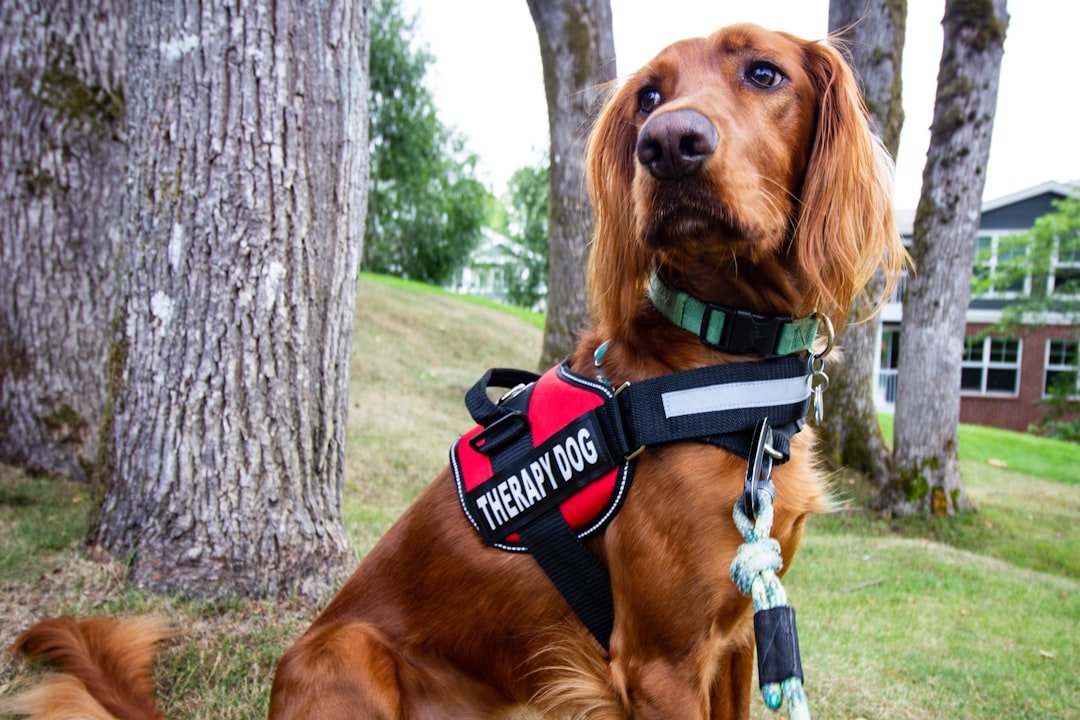You might be surprised to learn that some of the most effective healers in assisted-living facilities walk on four legs and communicate through wagging tails. these homes extends far beyond simple companionship, offering profound benefits that touch every aspect of residents’ physical, emotional, and social well-being.
While nursing homes historically had restrictions on animals, many facilities now incorporate pet therapy programs. What began as a gentle revolution has transformed into a recognized healthcare practice, bringing remarkable healing to those who need it most. Let’s dive into the extraordinary ways these furry companions are changing lives in assisted-living communities.
Understanding Therapeutic Dogs and Their Different Roles

When you hear about therapy dogs, you’re actually learning about three distinct types of canine helpers, each serving unique purposes in assisted-living settings. Facility Therapy Dogs and Animal Assisted Therapy Dogs assist physical and occupational therapists in meeting goals important to a person’s recovery. The most common Therapy Dogs are Therapeutic Visitation Dogs.
These dogs are household pets whose owners take time to visit hospitals, nursing homes, detention facilities, and rehabilitation facilities. Understanding these distinctions helps you appreciate how each type brings specialized benefits to residents. The therapeutic visitation dogs that brighten your day might be someone’s beloved pet who spends weekends spreading joy throughout the facility.
Scientific Evidence Supporting Canine-Assisted Therapy
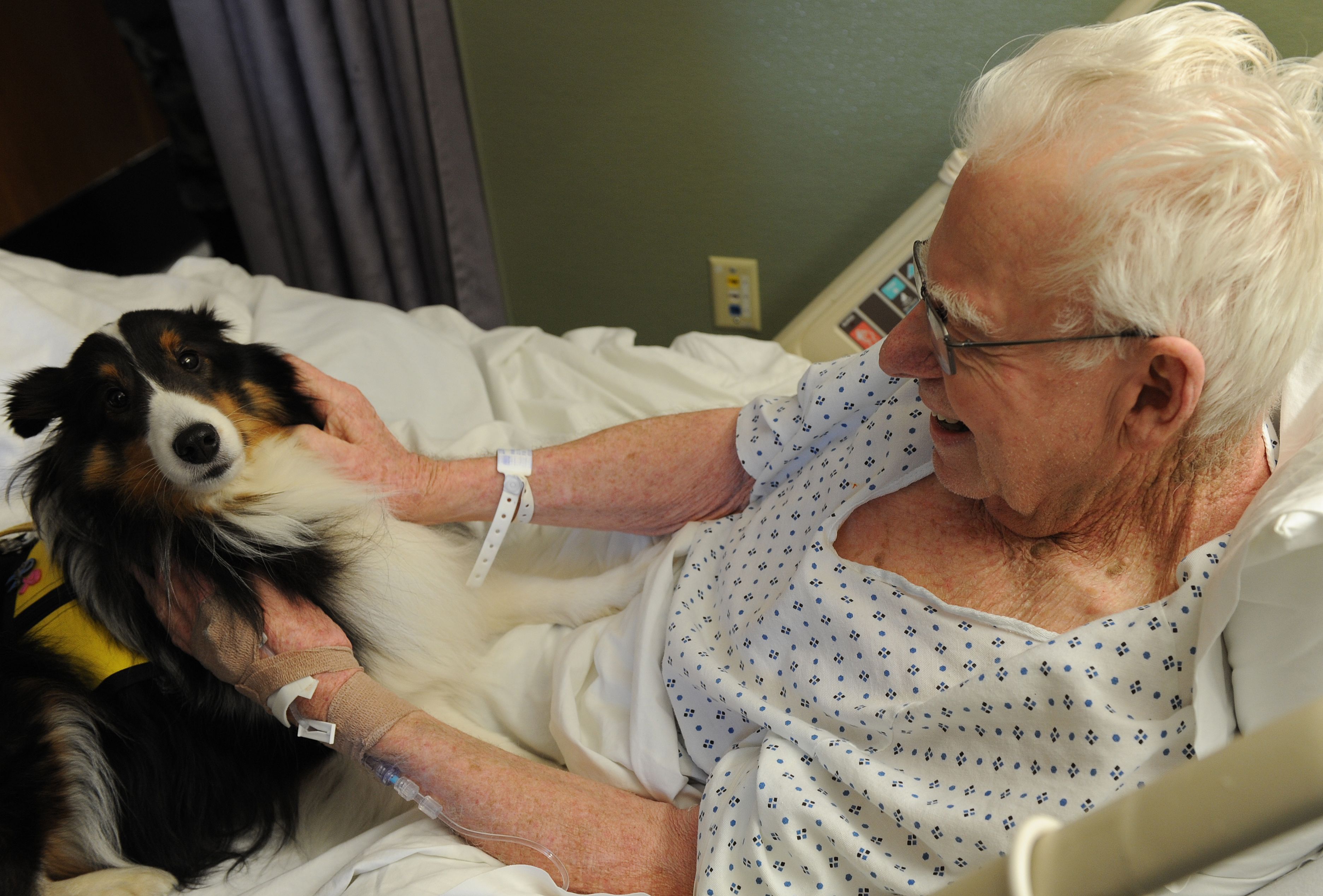
Research consistently demonstrates the measurable benefits of therapy dogs in assisted-living environments. Research has been conducted on dogs’ impact in nursing homes, investigating perceived levels of confusion, depression, fatigue, tension, and vigor of elderly residents following the introduction of a visiting dog, a resident dog and no dog.
In the group visited by the dog, she found reduced levels of fatigue. In the group who had this same dog residing with them she found a decrease in anxiety, confusion, depression, fatigue, and tension. Two months after the dog was removed, the benefits remained. Therefore, the introduction of a dog created improvements in more categories than the presence of only a human visitor.
Mental Health and Emotional Benefits
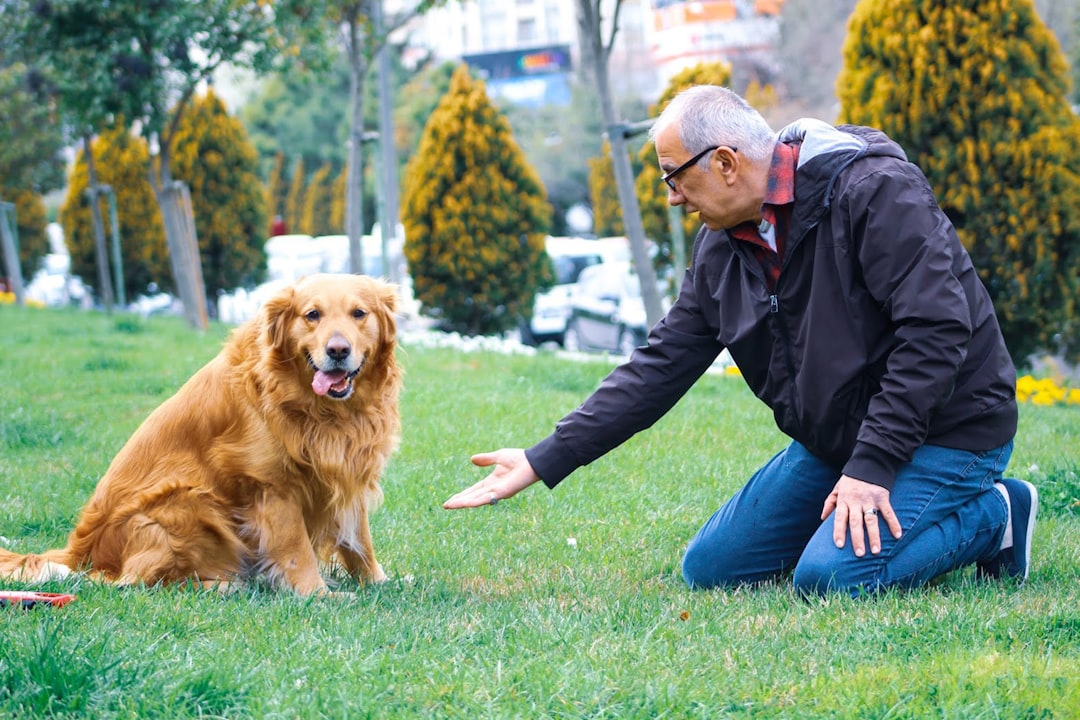
In the area of mental health, it releases an automatic relaxation response, reduces the feeling of anxiety, contributes to the lowering of loneliness, or help in the recall of memories. The emotional support provided by therapy dogs addresses some of the most challenging aspects of assisted living, particularly the feelings of isolation and depression that many residents experience.
Dogs offer unconditional love and comfort to everyone they interact with. For many seniors who do not have their loved ones by their side, therapy dogs offer an outlet of unconditional love that may be missing from their lives. This connection becomes especially powerful for residents who have lost their own pets or are separated from family members.
Physical Health Improvements
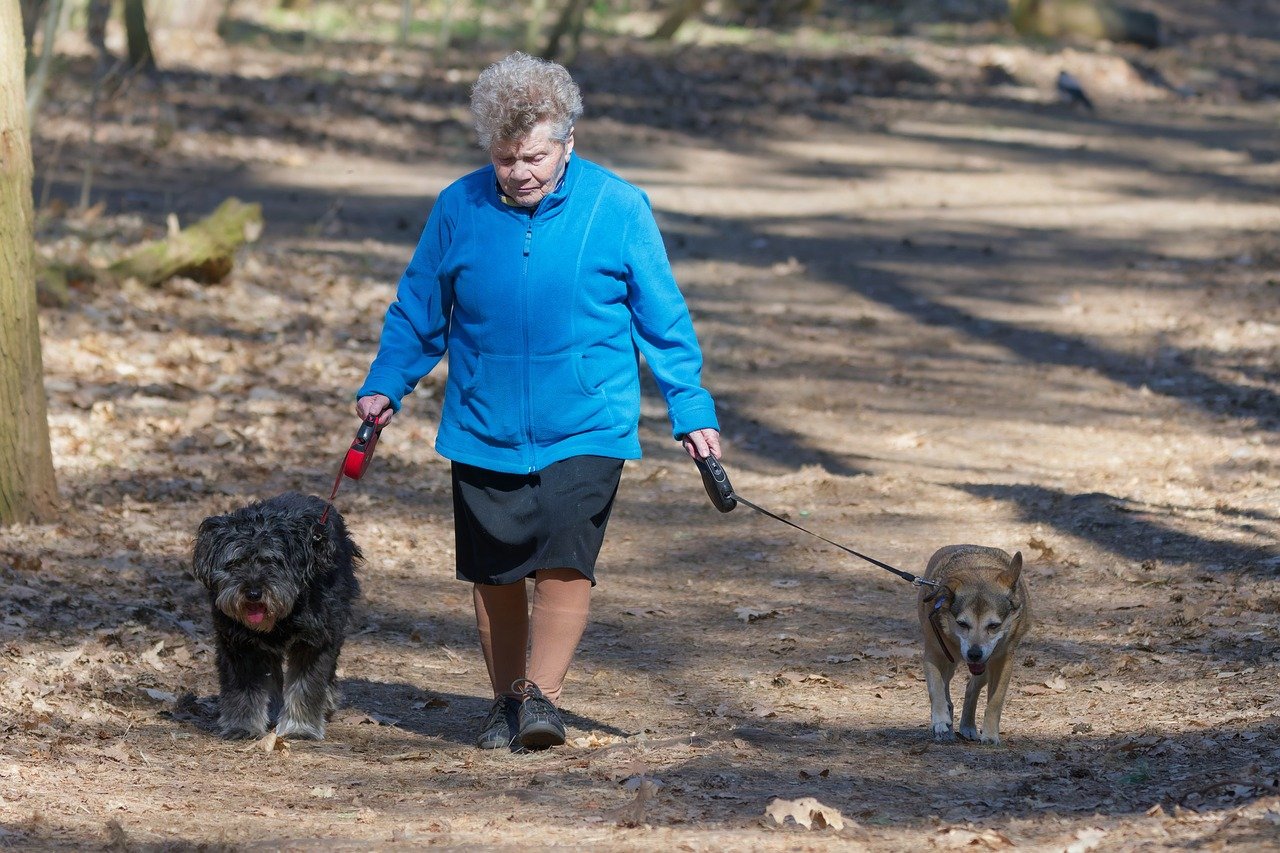
The physical benefits extend beyond simple companionship to measurable health improvements. In the area of physical health, AAT helps to reduce blood pressure and improves cardiovascular health, decreases the amount of medications, reduces physical pain, or helps children with autism to get engaged in social interactions. For elderly residents, these physiological changes can significantly impact their overall health trajectory.
Seniors who interact with dogs may also improve their walking and mobility. This study found that pet therapy helped to improve the balance and gait of the senior participants. The simple act of reaching out to pet a dog or walking alongside one can provide gentle exercise that maintains muscle strength and coordination.
Specialized Support for Dementia and Alzheimer’s Patients

The findings of this review, based on significant effect sizes, reveal that AAT may work as a beneficial and effective complementary treatment, especially in the area of behavioral and psychological symptoms, for patients with different degree of dementia severity if AAT is targeted at their specific needs and interests. For residents with cognitive impairments, therapy dogs provide unique therapeutic opportunities.
Studies suggest that dementia patients may exhibit increased social behaviors, such as smiling or speaking in the presence of therapy dogs, implying that animals might create benefit apart from any effect on cognition. Research has indicated that visits with trained dogs may lead to improvements in anxiety and mood in patients with Alzheimer’s disease, as well as a general level of arousal, motor and vocal expression.
Enhanced Social Interaction and Communication

The power of therapy dogs to facilitate social connections creates ripple effects throughout assisted-living communities. There are fun group activities that can encourage residents to come out of their rooms and gather around the dog. Group petting sessions and dog-assisted group therapy programs are both great options for facilitating socialization and warding off loneliness in assisted living homes.
Long conversations between alert participants were more likely to occur in therapy groups when animals were present, but brief conversations were more likely when animals were absent. This suggests that therapy dogs create a relaxed atmosphere where residents feel more comfortable engaging in meaningful dialogue with each other and staff members.
Motivation and Purpose Enhancement

Therapy dogs provide residents with renewed sense of purpose and motivation that can be transformative. He mentions that they ask the seniors to help take care of the pets in the program. Then he says, “The responsibility of caring for other living beings builds self-esteem.” This involvement gives residents meaningful tasks and helps them feel valued and needed.
Walking a dog is great cardiovascular exercise, but just the simple act of caring for a pet-petting, brushing, feeding-provides both mild activity and a means to stay engaged with the world. Pets can make the elderly feel needed, and that feeling can translate into a greater sense of purpose and self-worth.
Implementation and Program Development
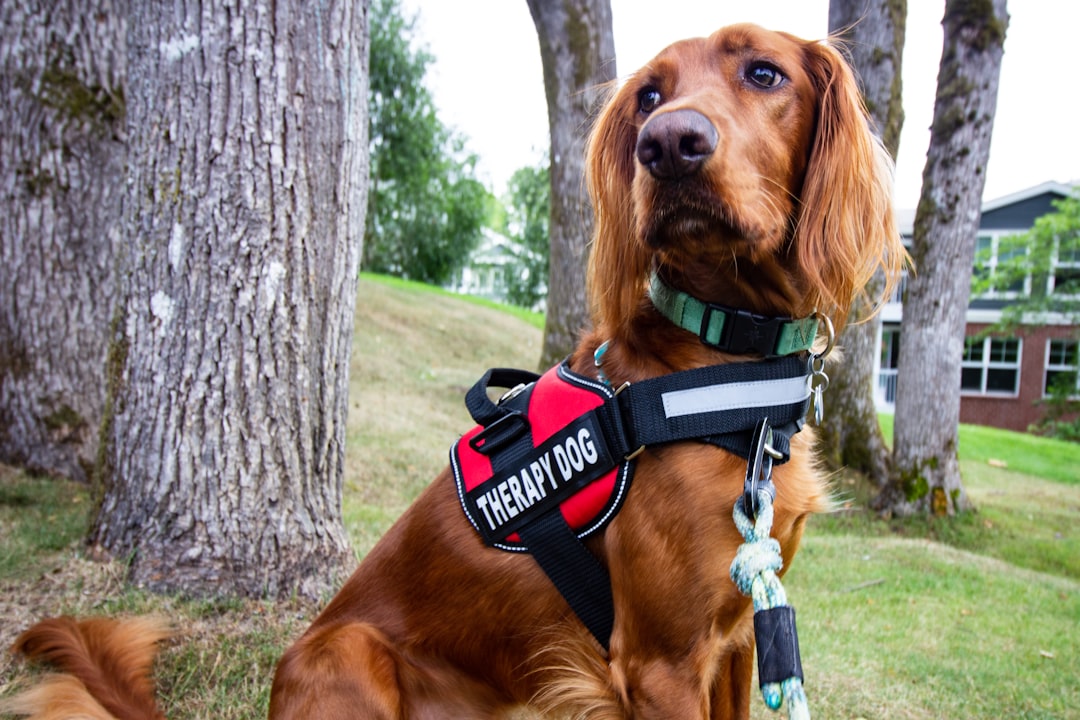
Establishing a therapy dog program in your assisted-living facility involves several key steps and considerations. If you have staff members who have pets which might qualify as a Therapy Dog, encourage them to contact a Therapy Dog registry for a list of the nearest testers and evaluators. Once certified, they could bring their animals to work at your facility on a periodic basis just as Lessie brings Micro.
You might implement a program more quickly by contacting a national registry for a list of members who are in the area. These members could then start a regular program under your guidance which would mean bringing their registered dogs in to visit residents on a one-on-one basis in the resident’s rooms or to a social gathering in a recreation room. Professional organizations provide comprehensive training and certification processes to ensure safety and effectiveness.
Training Requirements and Safety Standards

Safety and proper training form the foundation of successful therapy dog programs. Therapy Dogs are highly trained working dogs. They must be tested, observed, and certified by a national Therapy Dog Registry which provides insurance and identification dog tags. The certification process ensures both dogs and handlers meet strict behavioral and temperament standards.
All of the registries require a dog to pass a test that verifies it is neither human nor animal aggressive and that the handler is firmly in control. Dogs are screened to make sure they are suitable for the volunteer work that they will perform. This rigorous screening process helps maintain the therapeutic environment while minimizing risks to residents and staff.
Long-term Impact and Lasting Benefits
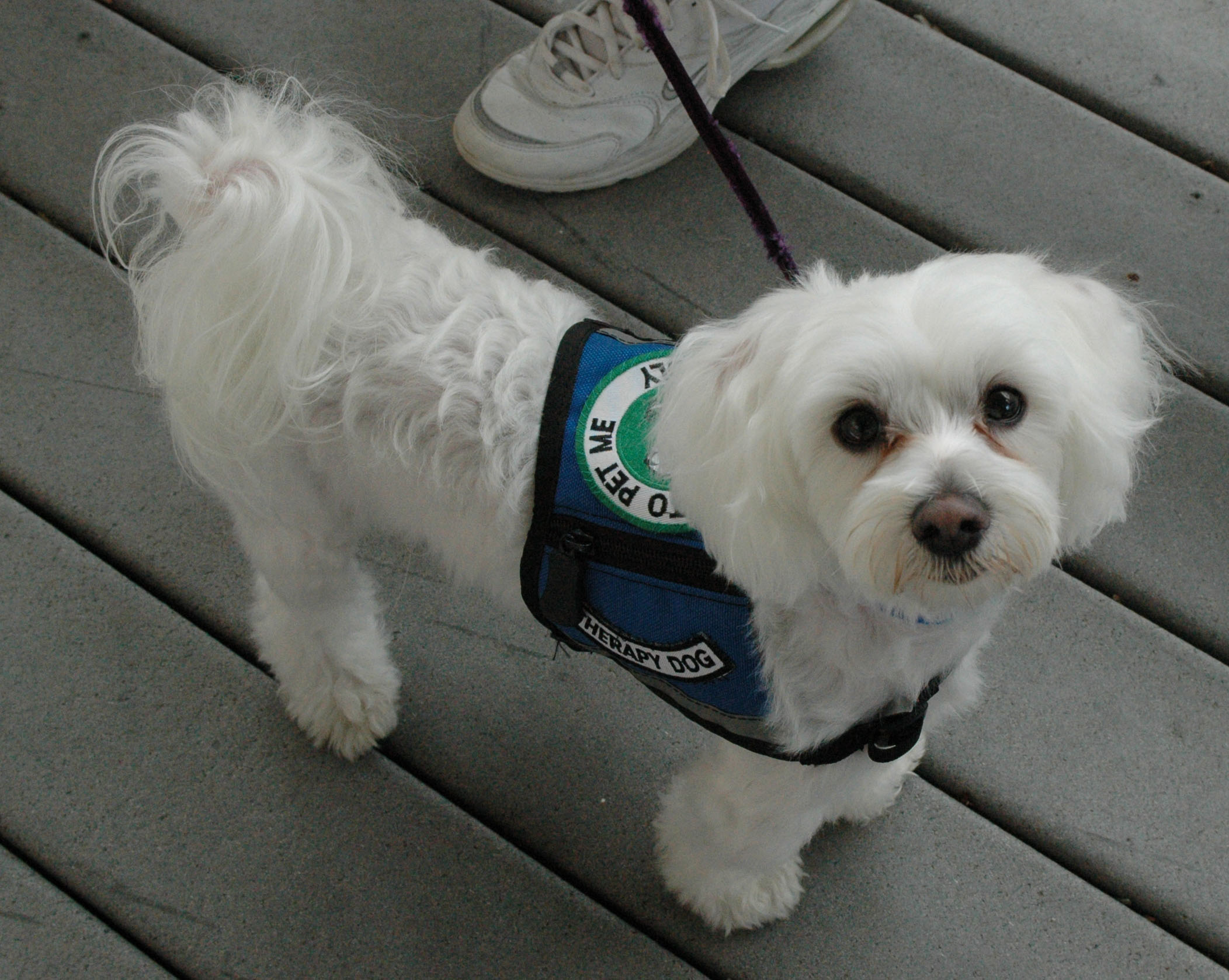
The therapeutic effects of dog visits create lasting positive changes that extend well beyond individual sessions. The overall impacts of therapy dog programs in nursing homes are profound. Studies indicate significant improvements in patient disposition, lowering stress levels and enhancing social connections. These improvements contribute to a better quality of life for all residents, not just those who directly interact with the dogs.
The bottom line is that the researchers did demonstrate that over the long haul, dog visitations do brighten the days of people living in assisted living facilities in ways that robotic pets cannot. The authentic connection between humans and live animals creates irreplaceable therapeutic value that technology cannot fully replicate.
Conclusion

represents a remarkable fusion of ancient human-animal bonds with modern healthcare understanding. These four-legged healers offer benefits that extend far beyond what traditional therapies alone can provide, creating connections, reducing isolation, improving physical health, and bringing joy to those who need it most.
The implementation and success of the Pet Therapy could have a great emotional and social impact, bringing relief to patients and their family members, but also to health professionals. As more facilities embrace these programs, we’re witnessing a beautiful transformation in how we approach elderly care, one wagging tail at a time.
What do you think about the potential of therapy dogs to transform assisted-living environments? Tell us in the comments.

Andrew Alpin from India is the Brand Manager of Doggo digest. Andrew is an experienced content specialist and social media manager with a passion for writing. His forte includes health and wellness, Travel, Animals, and Nature. A nature nomad, Andrew is obsessed with mountains and loves high-altitude trekking. He has been on several Himalayan treks in India including the Everest Base Camp in Nepal.

